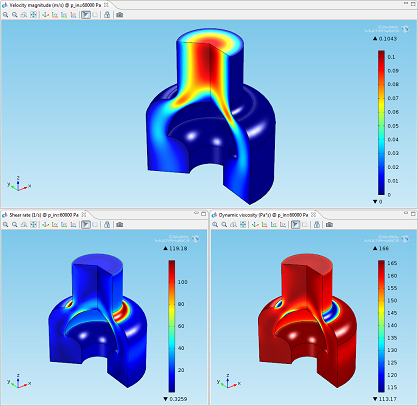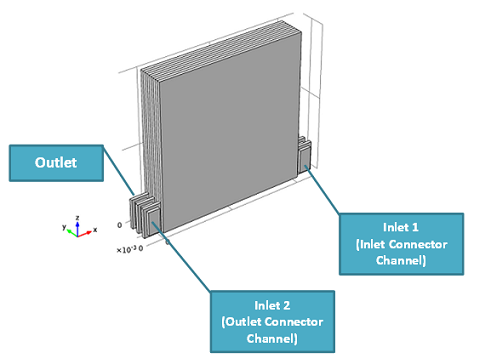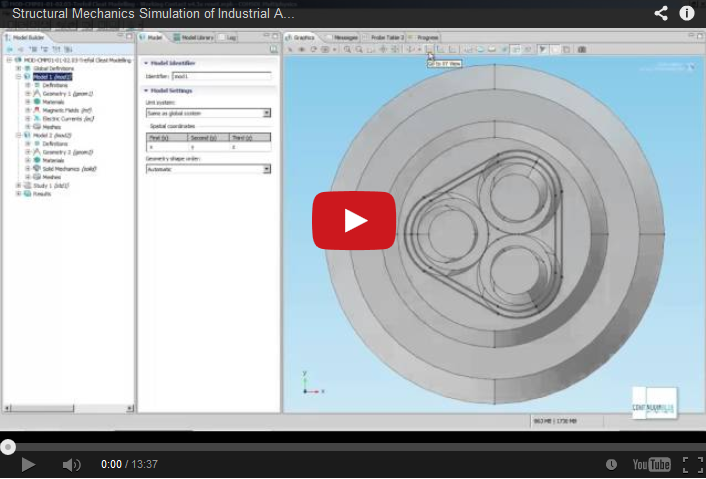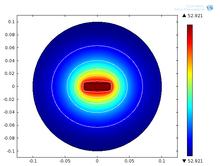Latest Posts

SolidWorks World: Human Space Flight and Autonomous Flying Robots
SolidWorks always puts on a great show. I just got back from SolidWorks World where I was able to go to a number of technical sessions, and understand how CAD design can better complement finite-element analysis. We had a booth there, and it was great to meet a few COMSOL users, who like to use SolidWorks® and COMSOL Multiphysics together via LiveLink™ for SolidWorks®. I also got to meet potential customers-to-be. In typical SolidWorks World fashion, I and the other […]

Non-Newtonian Fluids, Between Solids and Fluids
One of my favorite sitcoms is “The Big Bang Theory”, thanks to its focus on physics. From time to time they run funny experiments that can be easily arranged at home, causing me to wonder if I know the physics that are at work. One of my favorite episodes is when they fill the cone of a speaker with a suspension of starch in water. Instead of spattering around, the suspension starts to dance because it behaves more like a […]

Modeling Lithium-Ion Battery Cooling
Get a brief introduction to creating a lithium-ion battery model using the COMSOL Multiphysics® software in three sequential studies. At the end of the blog post, there is a link to download the tutorial model.

The Science of Cooking, Multiphysics meets Food
It’s that time of year again for all the foodies out there; on January 29th the 2013 Bocuse d’Or will be in full swing with 24 chefs each representing their country, vying for the Gold Medal in the Olympic Games of the culinary world. In this biennial event, the chefs will have to combine classical and innovative cooking techniques to come out on top. At the last Bocuse d’Or in 2011, Gunnar Hvarnes propelled past the competition with the aid […]

Industry: Continuum Blue Simulates Structural Mechanics
On January 10th, hundreds of people tuned in to hear COMSOL and Continuum Blue discuss Structural Mechanics simulations in certain industry applications. As promised in my previous blog post on multiphysics modeling webinars happening in 2013, here is a round-up of the event — including a video excerpt detailing three structural analysis examples presented by Continuum Blue.

Video: Modeling Mechanical Applications
How do you avoid product failure down the line? By ensuring you manufacture accurate parts and assemble them correctly, of course. Manufacturing success stems from good design ideas. “Good ideas” are not conjured up at random; good ideas are those that are based on real-world physical principles. This video will show you how your company can infuse sound concepts into the early product development stages by modeling mechanical applications in COMSOL Multiphysics.

Gold Nanorods for Medical Treatment
Nanorods are synthetic nanoscale objects used in the area of nanotechnology. They can be synthesized from semiconducting materials or metals, such as gold. The applications of nanorods are many, ranging from display technologies and energy harvesting to cancer therapy.

Magnetic Shells Designed to Improve Energy Transfer
Engineers and scientists are known to step up to the challenges posed by nature. After developing an understanding of how the current object or process works, the next step often includes figuring out how to manipulate the situation to improve said object or process. One such example is cloaking; controlling light and sound waves to render something invisible. Phys.org recently ran a story on progressive research on controlling magnetic fields via cloaking to harvest and transfer energy using a magnetic […]
